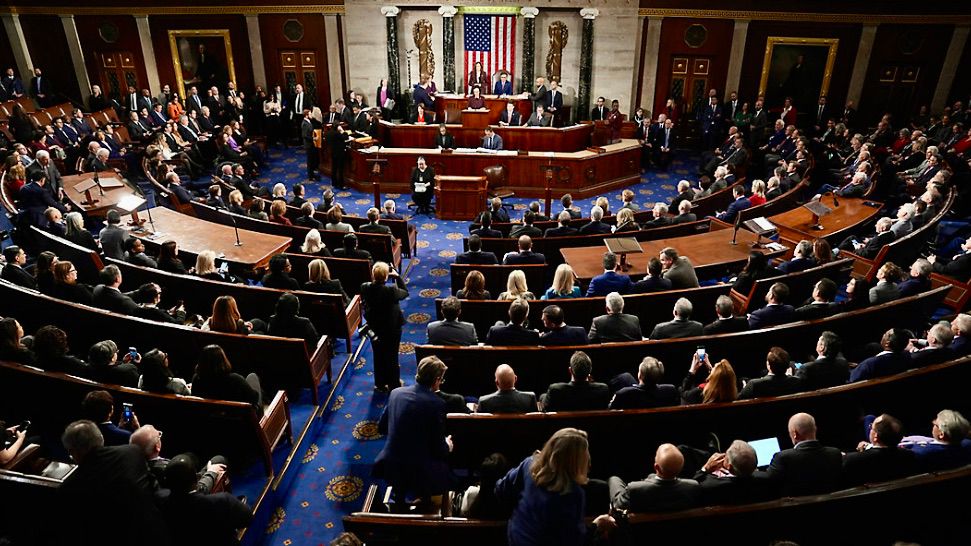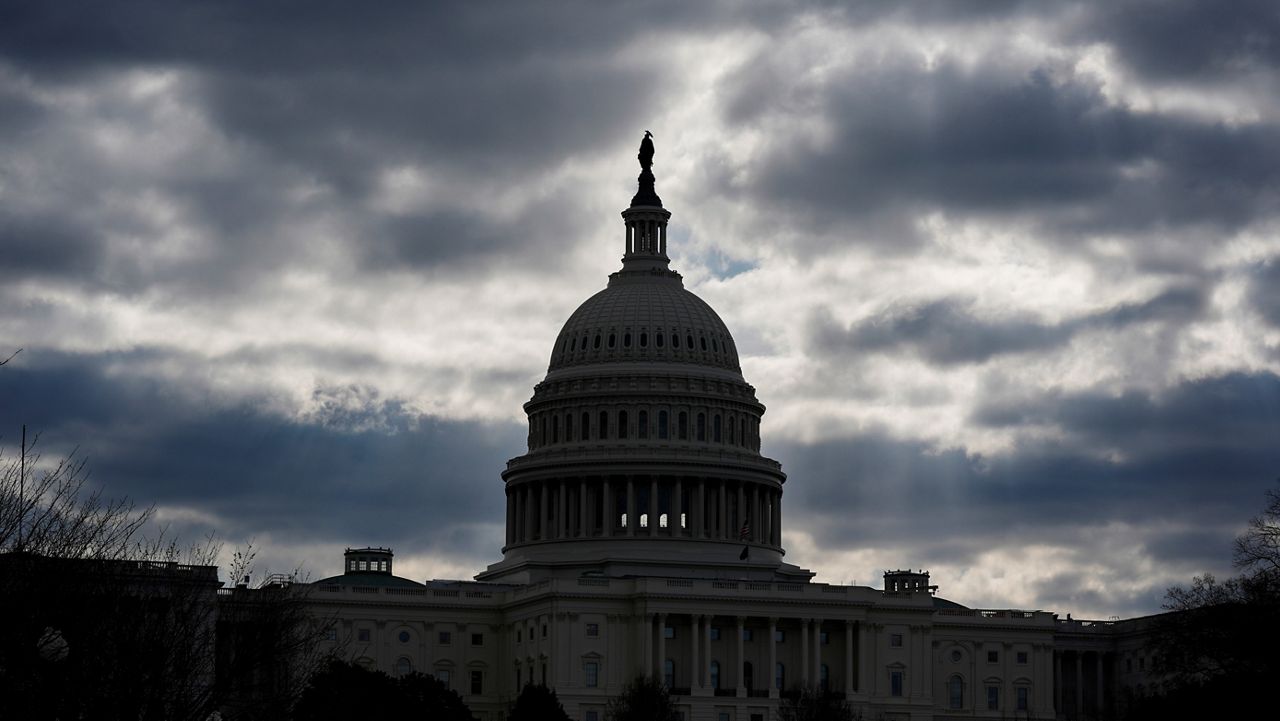California has made record investments this year in the fight against climate change. In September, Gov. Gavin Newsom approved over $54 billion in different climate initiatives to achieve the goal of being a carbon neutral state by 2045.
The California Air Resources Board [CARB], which is overseen by the California Environmental Protection Agency, recently unveiled its Climate Action Plan to reach carbon neutrality over the next two decades. The plan focuses on reducing the state’s dependency on fossil fuels.
“The scoping plan also leverages really significant benefits,” said CalEPA Secretary Yana Garcia. “Millions of new jobs, $200 billion in health cost savings — that’s really significant for all the state of California and I think across sectors we’re going to see those benefits really come into fruition for families across our state.”
Some of the goals listed in the plan include lowering greenhouse emissions by 85%, dropping gas consumption by 94%, and reducing air pollution by 71%.
“We’re facing multiple crisis and respiratory illness. We have children coming down with RSV and COVID and other respiratory illnesses. Driving down local air pollution continues to be extraordinary critical to protect the health of the most vulnerable among us,” Garcia noted.
Garcia and her team have laid out a roadmap to achieve the state’s ambitious goals. The main focus of the plan is reforming the state’s reliance on gas-powered vehicles.
“The climate crisis can feel extraordinarily overwhelming. It can feel like it’s already determined and what we’re seeing is we can drive down emissions in the largest contributing sector — the transportation sector over time — and that’s great,” Garcia said.
While the state focuses on reducing emissions, environmentalists are also pushing for more nature-based solutions in order to have a healthier environment. Juan Altamirano, the Director of Government Affairs for the Trust for Public Land, says more parks need to be created throughout the state.
“Nature is its own best climate tool,” Altamirano said. “We know that if we help nature heal and using techniques from the past and making sure we sequester carbon on the ground using natural working lands — it can be a game changer,” Altamirano said.
An increase of trees in urban areas has been proven to lower temperatures by around 6 degrees Celsius.
Another sector the plan notes can lower emissions is in the natural and working lands such as farms.
“That requires a different approach to managing our forested land. In many instances it may require differences in how we produce agriculturally,” Garcia adds.
Garcia says it’s important to keep in mind that the solutions they are proposing have been proven to work in lowering emissions and air pollution.
“We need to continue to focus on the North Star being reducing emissions as rapidly as we possibly can to manage and design the future that we want to see,” said Garcia.
CARB will vote to adopt the plan at its next meeting in Sacramento on Dec. 15.
Let “Inside the Issues” know your thoughts and watch Monday through Friday at 8 and 11 p.m. on Spectrum News 1.








